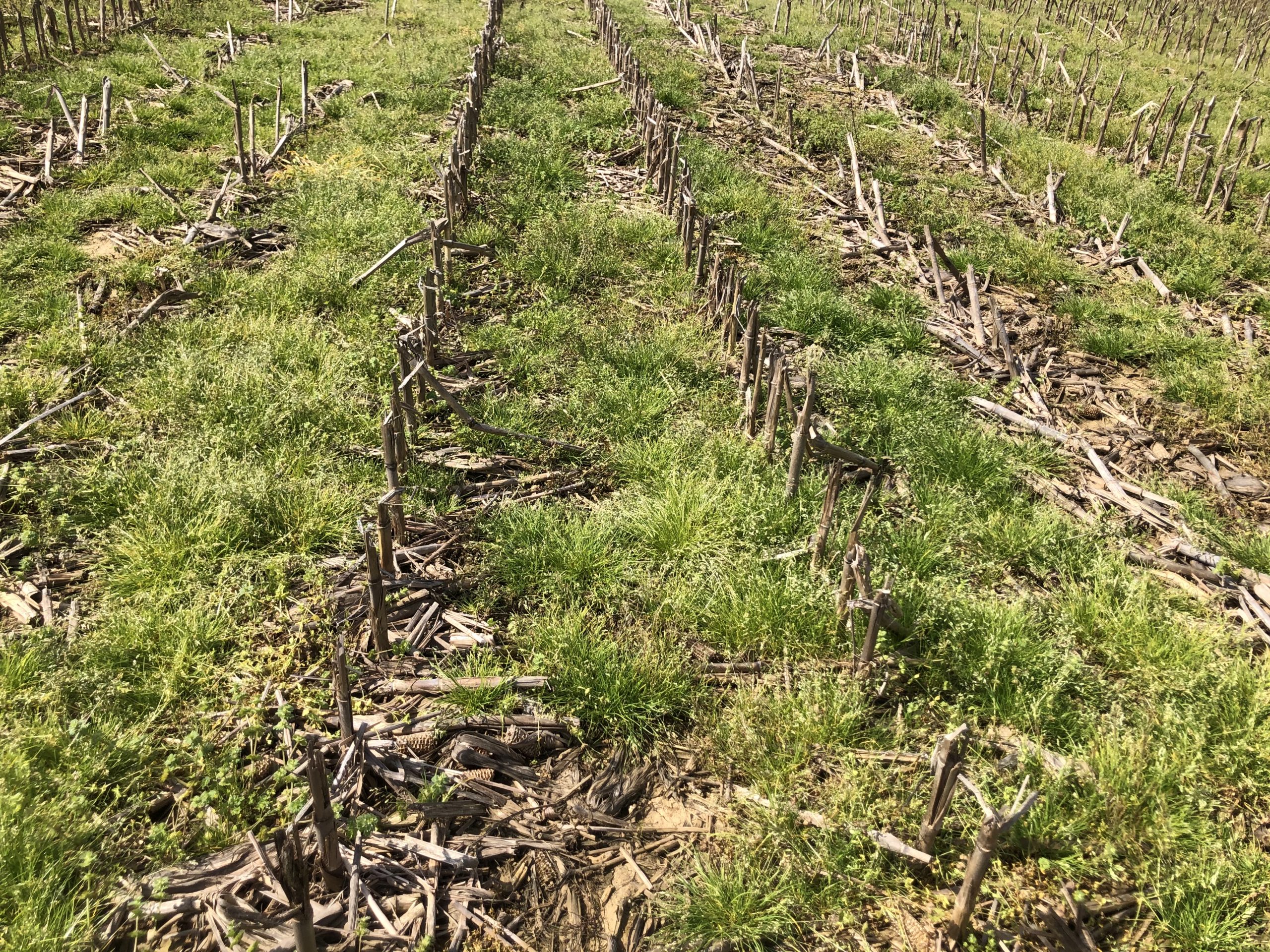Poor control of poa (annual bluegrass) and ryegrass have been the common calls of late. This is becoming more common every spring. It would appear that an increasing portion of the poa and ryegrass populations in Tennessee has evolved some level (2 to 4x) of glyphosate resistance.

Add this with herbicides tankmixed with glyphosate that cause grass antagonism results in the many escapes seen in burndown. The two most common herbicides tankmixed with glyphosate this spring that are likely causing some grass antagonism are dicamba and Valor. Both herbicides will interfere with uptake and/or translocation of glyphosate in grasses which could magnify 2x glyphosate-resistant ryegrass into 6x resistant.
The best option to take out poa is paraquat. It is the only herbicide that will consistently control poa. Ryegrass on the other hand can recover after a paraquat application, particularly if applied near mid-day. Paraquat applied of an evening or in the morning has the best chance to clean up ryegrass escapes. Paraquat applied near sunup or sundown will not flash burn the grass which can result in better translocation of the herbicide into the plant resulting in more consistent control. Tankmixing a PSII inhibiting herbicide like atrazine if going to corn, metribuzin if soybeans are to be planted, or Cotoran/Caparol if going to cotton will also improve the overall weed control of paraquat. Again, those PSII inhibiting herbicides slow down the flash burn of the weeds that works against good weed control from paraquat.
Another good option for ryegrass if the field is to go to corn would be Leadoff. It can be applied PRE-Plant or PRE emergence but not after the corn has emerged. The typical rate is 1.5 ozs/A. If the corn has emerged and ryegrass is still present, then an option would be a nicosulfuron based herbicide like Accent Q or Steadfast Q. Those applications can be hit or miss depending upon the maturity of the ryegrass and how beat up the ryegrass is from earlier herbicide applications. Another option in LL corn would be an application of Liberty during a stretch of warm days (highs in the 80s) and applied during the heat of the day.
A clethodim application should provide successful control of escaped poa and ryegrass if the fields are to be planted to soybean or cotton. Remember, if the target is a grass, do not tankmix dicamba with clethodim or glyphosate, or clethodim + glyphosate tankmixture as the dicamba will antagonize the grass control.

